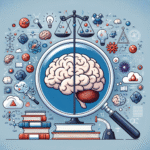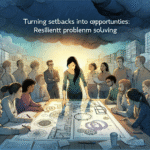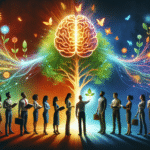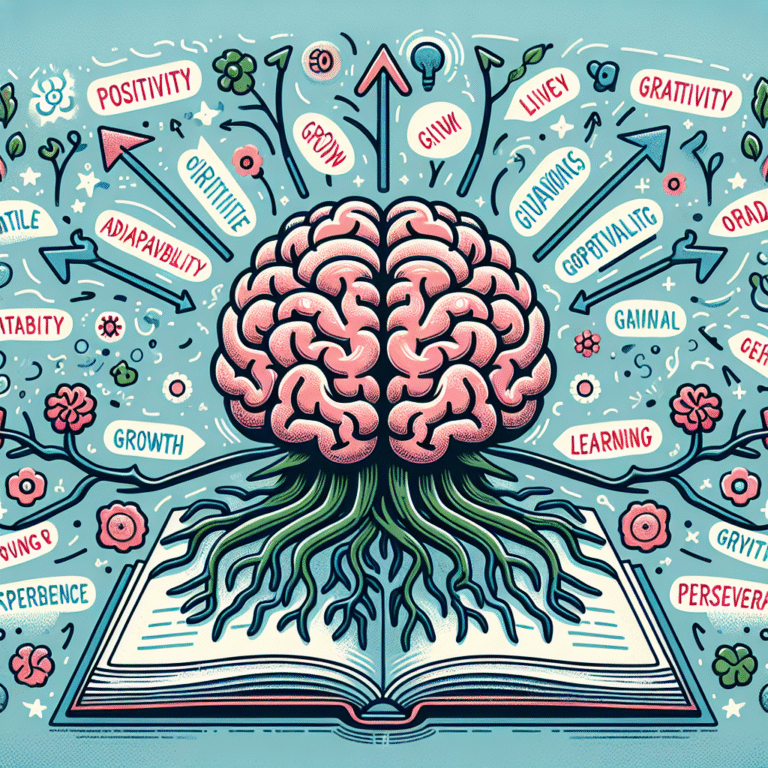
Introduction
In the ever-evolving landscape of education, traditional teaching methods often find themselves at odds with the needs and preferences of today’s learners. Enter gamification—the innovative approach that’s not just changing the way we teach but revolutionizing classroom engagement. In this article, titled "Unlocking Learning: How Gamification is Transforming Classrooms," we explore how integrating game-like elements into educational environments can unlock potential, boost motivation, and cultivate a love for learning that lasts a lifetime.
With reports indicating a critical skills gap and rising student disinterest, it’s more crucial than ever to address how gamification can drive meaningful transformation in classrooms. Here, we provide compelling insights, real-world case studies, and actionable strategies that can help educators navigate this exciting frontier.
Understanding Gamification
What is Gamification?
Gamification involves the application of game-design elements in non-game contexts to enhance user engagement and motivation. In the educational sphere, this can manifest as incorporating points, badges, leaderboards, or challenges into learning activities. The goal is to create a more dynamic and interactive atmosphere that encourages students to take an active role in their education.
The Science Behind Gamification
Research in psychology suggests that gamification taps into intrinsic motivators such as autonomy, mastery, and purpose. According to the Self-Determination Theory, when learners feel that they are in control of their learning experience and can see tangible progress, their engagement levels increase significantly.
Table 1: Elements of Gamification Mechanism
| Element | Description | Impact on Learning |
|---|---|---|
| Points | Rewards for completing tasks. | Instant feedback, motivation |
| Badges | Visual representation of achievements. | Encourages mastery |
| Leaderboards | Rankings among peers. | Promotes friendly competition |
| Challenges | Tasks that require skill and effort. | Builds resilience |
Case Studies: Successful Implementations of Gamification
Case Study 1: ClassCraft
Overview: ClassCraft is an educational role-playing game that encourages students to engage in learning behaviors by allowing them to earn experience points through academic performance and positive behavior.
Impact: A case study conducted at a middle school showed a 15% increase in students’ performance in math and language arts. Teachers reported a marked improvement in classroom behavior and collaboration among students.
Analysis: This case exemplifies how gamification can build a positive classroom culture while reducing behavioral issues. By integrating academic objectives with game mechanics, students feel more invested in their educational journey.
Case Study 2: Kahoot!
Overview: Kahoot! is a game-based learning platform that enables teachers to create quizzes and interactive games that students can play in real-time.
Impact: A high school using Kahoot! reported that student comprehension scores on quizzes improved by over 20% after incorporating the tool. Additionally, absenteeism dropped as students began to look forward to quizzes because they were fun and engaging.
Analysis: Kahoot! illustrates that gamification doesn’t just enhance academic performance; it also fosters excitement around learning, making attendance and participation more attractive to students.
The Dynamics of Gamification in the Classroom
Unlocking Learning Potential
Gamification unlocks learning potential by creating immersive experiences that cater to diverse learning styles. Visual learners benefit from badges, while kinesthetic learners might thrive with interactive challenges.
The Role of Teacher Facilitation
Teachers are not just facilitators but also game designers. It is crucial for educators to understand the mechanics of gamification and how to effectively integrate them into lesson plans. This shift can feel overwhelming, but with the right tools and resources, it can be a carefully manageable evolution.
Table 2: Key Roles of Educators in Gamification
| Role | Description |
|---|---|
| Designer | Craft engaging and relevant gamified experiences. |
| Facilitator | Provide guidance and support to students. |
| Evaluator | Assess progress and adapt game mechanics as needed. |
Benefits of Gamification
Increased Engagement
Gamification transforms mundane lessons into exciting activities, making learning more engaging. The competitive and cooperative elements of games resonate with students, drawing them into their work.
Enhanced Collaboration
Games often require teamwork, which fosters collaboration among students. When students work together to solve problems or achieve common goals, they build important social skills that extend beyond the classroom.
Immediate Feedback
Gamification provides instant feedback, allowing students to see their progress in real-time. This visibility encourages them to set personal goals and strive for achievement, creating a self-sustaining motivational loop.
Challenges of Gamification
Overemphasis on Competition
While competition can be motivating, it may also discourage some students if they feel they are constantly ranked or not performing well. Teachers must balance competitive elements with collaborative opportunities to ensure inclusivity.
Implementation Fatigue
Introducing gamification can feel daunting for educators who are already managing heavy workloads. Professional development and support networks can help alleviate this pressure and create a community of practice around gamified learning.
Strategies for Successful Gamification
Start Small
Begin by piloting gamification in a single lesson or unit. This provides an opportunity to test the waters and measure student responses before scaling up.
Utilize Free Tools
There are numerous free resources available for gamification, such as Kahoot!, Quizizz, and ClassDojo. Leveraging these can help teachers explore gamified learning without significant financial investment.
Gather Feedback
Soliciting students’ feedback on gamification elements can provide valuable insights. Use surveys or discussions to learn what they enjoy and what could be improved, making students active participants in their learning experience.
The Future of Gamified Learning
The trends indicate a growing acceptance of gamification in education, with an increasing number of schools adopting these techniques. As technology continues to advance, we anticipate even more impactful applications of gamification, such as virtual and augmented reality experiences that further immerse students in their learning journeys.
Conclusion
In "Unlocking Learning: How Gamification is Transforming Classrooms," we’ve explored the myriad ways that gamification can breathe new life into education. Gamification is not merely a trend; it’s a fundamental shift in understanding how to motivate and engage students in a world where traditional methods often fall short.
Embracing this approach enables educators to create dynamic learning environments that cater to diverse needs and foster a love for knowledge. The journey to incorporate gamification may come with challenges, but the transformative potential it holds for students is immeasurable. It’s time to unlock learning and watch our classrooms flourish.
FAQs
1. What is the primary purpose of gamification in education?
Gamification aims to enhance student engagement, motivation, and overall learning by incorporating game-like elements into educational activities.
2. Are there any age restrictions for implementing gamification?
Garfikation can be tailored to suit any age group. From elementary students to adults, gamification can be adapted for diverse learning contexts.
3. Can gamification be implemented without technology?
Yes, gamification can be applied through physical games, competitions, and even classroom challenges without the need for technological tools.
4. How can teachers assess the effectiveness of gamification?
Utilizing metrics such as student engagement levels, academic performance, and feedback from students can help evaluate the effectiveness of gamification strategies.
5. What are some risks associated with gamification?
Potential risks include overemphasis on competition, which may alienate some students, and implementation fatigue among teachers. Balancing these aspects is crucial for successful gamification.
By harnessing the power of gamification, educators can create more engaging and effective learning experiences that are not just informative, but truly transformative. Let’s unlock the potential of learning to inspire generations to come!















